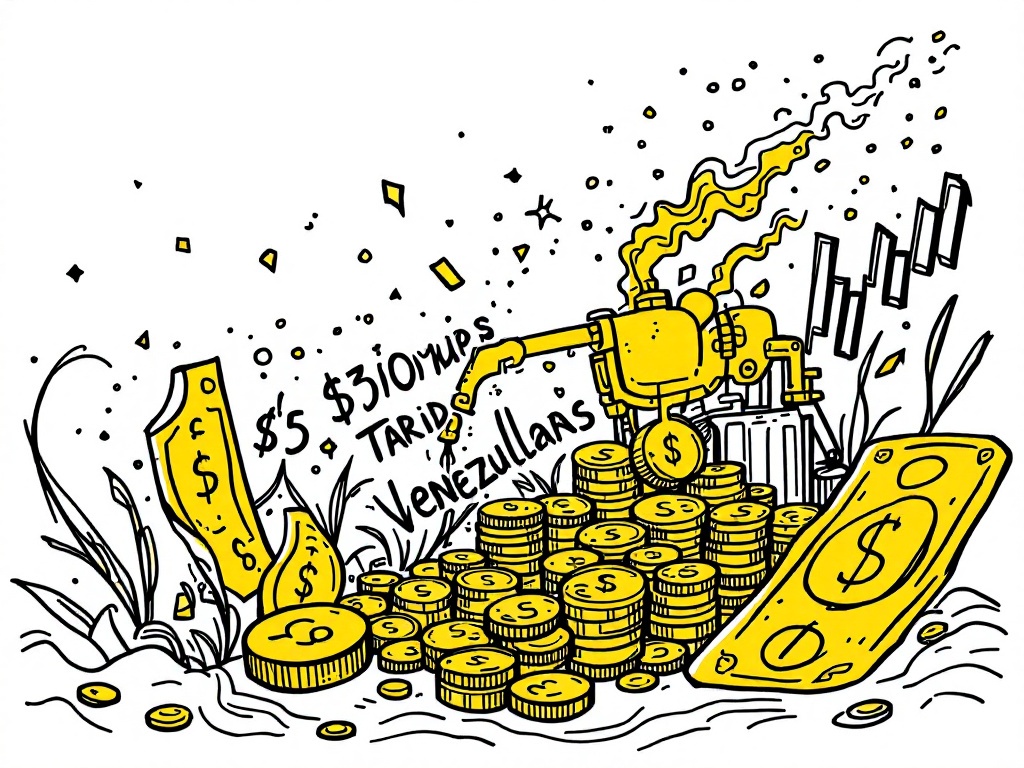Trump's New Tariffs on Venezuelan Oil Challenge Global Trade Dynamics

Washington, Wednesday, 2 April 2025.
President Trump’s 25% tariffs on countries importing Venezuelan oil aim to pressure Venezuela while sparking global market disruptions and potential cost increases for American consumers.
Unprecedented Trade Policy Implementation
In a significant policy shift effective April 2, 2025, the Trump administration has implemented a 25% ‘secondary tariff’ on any nation that purchases oil from Venezuela [1]. This unprecedented move, authorized through an Executive Order signed on March 24, 2025, leverages both tariff authorities and secondary sanctions mechanisms [5]. The administration cites allegations of Venezuela’s Tren de Aragua gang activities in the U.S. as justification for these measures [1].
Global Market Impact and Trade Partner Response
The tariffs are poised to significantly affect major Venezuelan oil importers, particularly China, which accounts for 68% of Venezuela’s crude oil purchases, along with Spain, India, and other trading partners [5]. The impact is already evident, with Venezuelan oil exports declining 11.5% in March 2025 [1]. Market analysts at Goldman Sachs have responded by increasing their recession probability forecast from 20% to 35% for the next 12 months [6], while global markets show strain with the S&P 500 and Nasdaq Composite reporting their heaviest three-month losses since 2022 [6].
Venezuelan Oil Sector Disruption
The timing of these tariffs coincides with significant changes in Venezuela’s oil industry. Current production stands at approximately 900,000 barrels per day, reflecting a 200,000 barrel per day increase from 2022 to Q1 2025 [3]. Chevron’s operations, representing 25% of Venezuela’s total oil production, face uncertainty as their operating license transitions from GL 41 to GL 41B, with a deadline extension to May 27, 2025 [3].
International Response and Trade Implications
The international response has been swift, particularly from North American trading partners. Canadian Prime Minister Mark Carney has indicated readiness to implement retaliatory measures, while maintaining dialogue with Mexican President Claudia Sheinbaum to protect North American competitiveness [2]. The U.S. Trade Representative’s office is considering various implementation approaches, including a potential rate below 20% for select trade partners [2]. Legal experts note that these tariffs will stack on top of existing duties under IEEPA, Section 232, and Section 301, potentially creating multiple layers of duties for affected countries [5].
Sources
- www.cnbc.com
- www.cnbc.com
- www.energypolicy.columbia.edu
- www.tradecomplianceresourcehub.com
- www.steptoe.com
- www.nbcphiladelphia.com